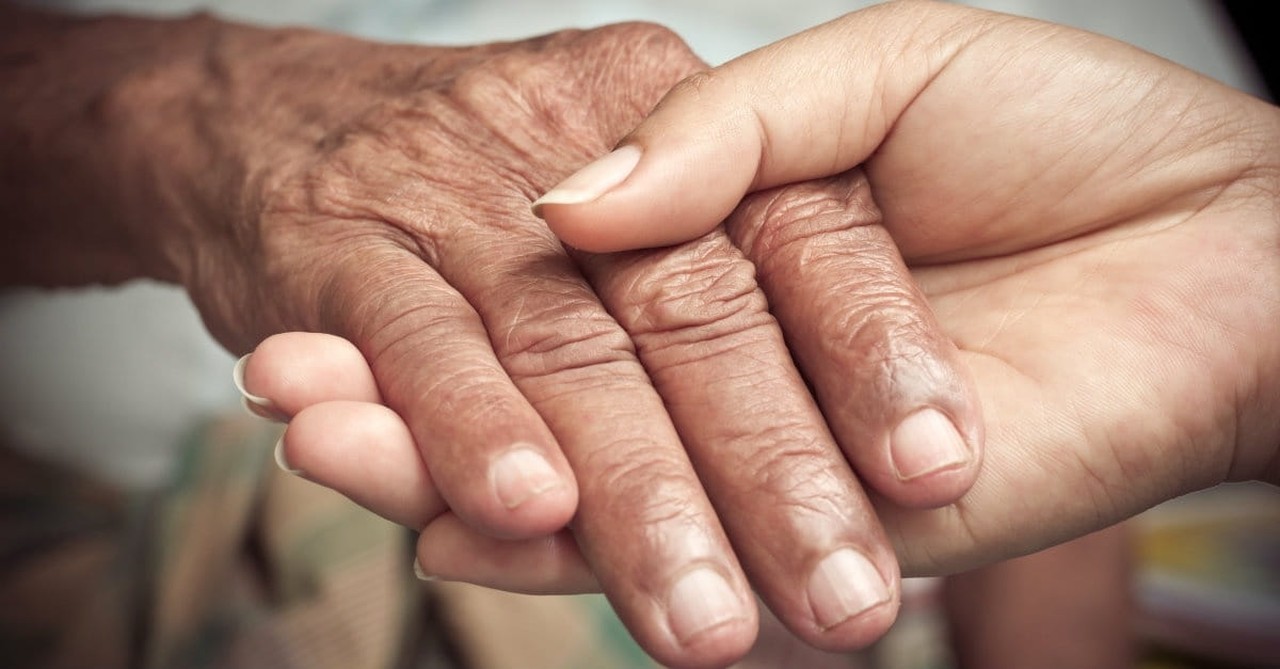
1. The option of physician assisted suicide is becoming more prevalent across the United States.

1. The option of physician assisted suicide is becoming more prevalent across the United States.
SLIDE 1 OF 10
It is currently legal in Oregon, Washington, California, Vermont, and most recently, Colorado. It is soon to be legal in Washington DC. Its legality in New Mexico is delayed due to a court challenge and it is allowed in Montana on the basis of a court order. There are legislative proposals currently being considered in roughly half of the other states.
2. Physician assisted suicide is more often about maintaining control than ending intractable pain and suffering.

2. Physician assisted suicide is more often about maintaining control than ending intractable pain and suffering.
SLIDE 2 OF 10
Over the seventeen years it has been legal in Oregon, participants have been asked to indicate their reasons for choosing assisted suicide. Whereas 92% have indicated a loss of autonomy (control) and 89% a lack of enjoyment of life, only 25% have indicated they are choosing it because of intractable pain or the fear of intractable pain.
3. Those championing assisted suicide are choosing to call it “Aid in Dying.”

3. Those championing assisted suicide are choosing to call it “Aid in Dying.”
SLIDE 3 OF 10
This has far reaching implications for it means their agenda will lead to eliminating the need for physician involvement and the necessity that it be a voluntary act by the individual whose life is coming to an end.
4. Physician assisted suicide will not continue to be strictly a personal, voluntary choice.

4. Physician assisted suicide will not continue to be strictly a personal, voluntary choice.
SLIDE 4 OF 10
Though current laws require it to be voluntary, many anticipate on the basis of the equal protection clause in the 14th amendment that the option of aid in dying will be extended to those who are incapable of making a voluntary decision to ingest the lethal medications (or physically do so).
5. The freedom to choose assisted suicide may lead to a feeling of obligation.

5. The freedom to choose assisted suicide may lead to a feeling of obligation.
SLIDE 5 OF 10
Recognizing that continuing to live may be a burden on others, some may feel obligated to end their lives as a means of relieving loved ones of the burden and cost of giving end of life care.
6. Physician assisted suicide is not the only option when experiencing a difficult death.

6. Physician assisted suicide is not the only option when experiencing a difficult death.
SLIDE 6 OF 10
Palliative care is coming of age in the modern world of medicine. Much can be done to relieve both physical pain and the emotional, existential suffering that can accompany it.
7. Physician assisted suicide does not guarantee a painless, dignified death.

7. Physician assisted suicide does not guarantee a painless, dignified death.
SLIDE 7 OF 10
In the majority of cases, after the lethal medication is ingested, patients who have opted for assisted suicide fall asleep and die comfortably within several hours. However, sometimes the medication causes vomiting, other distress, and/or does not lead to death for a number of hours or days.
8. Physician assisted suicide is not strictly a personal decision that only impacts the one who chooses it.

8. Physician assisted suicide is not strictly a personal decision that only impacts the one who chooses it.
SLIDE 8 OF 10
We tell stories lauding the bravery of the first responders on September 11, 2001 but all too frequently view suicide as an act of weakness. We know that having a near relative who commits suicide increases the risk of suicide.
9. The prescribing physician is morally complicit in the assisted suicide.

9. The prescribing physician is morally complicit in the assisted suicide.
SLIDE 9 OF 10
A patient once told me, “All you have to do is write a prescription; I am the one responsible for my choice.” My response was to ask, “If I was a gun salesperson and someone told me they were buying a gun to kill themselves, did I not have the obligation to refuse to sell it to them?”
10. The church must equip God’s people to make God-honoring end of life choices.

10. The church must equip God’s people to make God-honoring end of life choices.
SLIDE 10 OF 10
Throughout a believer’s life, there may be a continuous struggle to submit to God’s control. But when my earthly life comes to an end I want to be fully surrendered to God and be able to rest in Jesus. Choosing assisted suicide would be just the opposite—taking rather than surrendering control.
*The article was taken from Crossway.org; used with permission. You can read the text version on Crosswalk here.
Images courtesy of Thinkstockphotos.com and Unsplash.com.
Originally published November 18, 2016.







